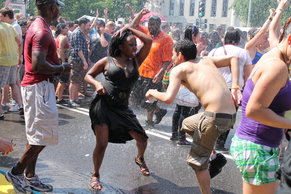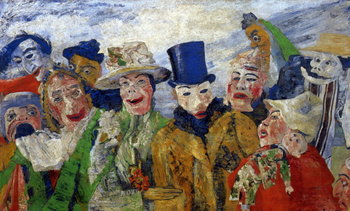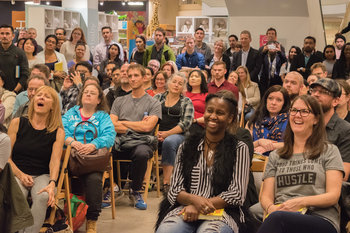Acting out physically without going so far so as to get in trouble - e.g. slamming a door | Applying negative labels to others |
Character assassination | Combative attitudes |
Complaining to third parties | Continuing to be bitter after agreeing that an issue has been resolved |
Criticizes others behind their backs | Cynical |
Defeatist | Denies negative emotions / Pretends doesn't care |
Dirty looks / Negative facial expressions | Dramatizing |
Drops hints when they are angry | Encourages others to make mistakes - e.g. intentional bad advice |
False praise | Gossiping |
Guilt trips / Using guilt as leverage over others | Highlights and publicizes the mistakes, failures and shortcomings of others |
Hostile | Insincere communication |
Insincere compliments | Intentional helplessness |
Intentionally drawing an emotional response from others - e.g. saying things that you know will make a particular person angry | Keeping score - carefully tracking perceived slights |
Laughing at other's expense | Malicious compliance |
Mocks others | Negative body language |
Obstructing progress | Patronizing others |
Petty authoritarianism - using artifacts of authority such as rules against others | Positions others as oppressive / bad |
Positions self as victim | Pouting |
Pretending that others have violated a norm - e.g. why are you looking at me like that? | Pretending to be friendly |
Purposeful inefficiency | Purposeful mistakes - e.g. sending a customer's bags to the wrong destination |
Sensitive / reads much into things | Setting others up to fail |
Sighing / makes small negative sounds | Silent treatment / ignoring others |
Socially undermining others | Strategic secrecy |
Strategic social exclusion of others | Strategic use of inaction |
Strategic use of social coldness / distance | Strategic use of stubbornness |
Sulking | Sullen / Down / Despondent |
Tries to turn others against someone | Trying to make others feel guilty |
Upset when hints aren't immediately read | Won't directly complain |
Won't directly resolve issues | Won't state what they want |
Counterexamples
If you aren't passive aggressive you directly try to resolve things with others. As such, behaviors such as arguing and directly expressing your complaints, emotions and expectations are signs that you are not passive aggressive.Passive Aggressive Communication
Passive aggressive communication is communication with negative intent that is socially acceptable on the surface. This is a way to be hostile without technically breaking any rules. The following are illustrative examples.Most people on the team say they don't like you but I always defend you. | Why are you in a bad mood? [positioning other as the one who is negative] |
Why are you staring at me? [pretending someone has violated a norm, positioning self as victim] | Wow, I love your haircut. [sarcastic tone] |
Your English is so good. [treating someone as an outsider or treating them as a child] |
Personality, Habit & Strategy
Most people have used a passive aggressive strategy at some point. For example, sighing to express negativity without engaging in direct conflict with someone. Passive aggressive behavior can become a habit that can eventually become ingrained in your personality. As with any habit, passive aggressive behavior can be overcome with effort.Pathologization
Pathologization is the practice of labeling people with concepts from popular psychology. For example, deciding that a coworker is a narcissist or passive aggressive and forever viewing them in this light. Human behavior is quite complex and it is unfair to label people. Passive aggressive behavior may be situational and not part of a person's character. In many cases, communication that sounds passive aggressive is unintentional.Origin
The term passive aggressive was first used by Colonel William C. Menninger during World War II to describe passive resistance to military compliance. For example, if troops felt that an order was irrational, they may execute the order in an inefficient way or find a road block that prevents the order from progressing without breaking any rules.Allowing Disagreement
Any system or social conditions that do not allow for direct disagreement are likely to create passive aggressive behavior. If the slightest nonconformance or disagreement is punished -- passive aggressive approaches are arguably rational. For example, passive aggressive behavior is common in any conflict avoiding culture that prioritizes group harmony. In this case, groups will appear to be harmonious on the surface with intensive passive aggressive behavior just below this facade.| Overview: Passive Aggressive | ||
Type | ||
Definition | Behavior and communication that is hostile and indirect. | |
Related Concepts | ||





































